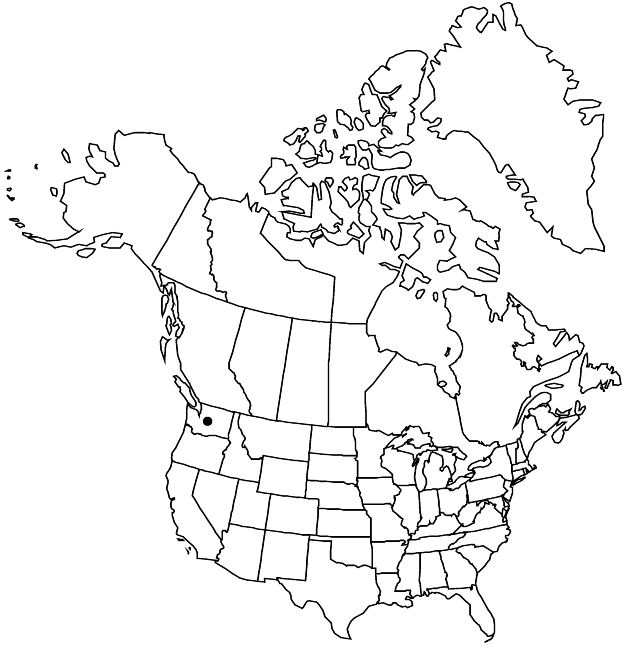Cotoneaster conspicuus
J. Roy. Hort. Soc. 59: 303. 1934.
Shrubs, 0.5–1[–2.5] m. Stems weakly ascending or mound-forming [prostrate]; branches spiraled or distichous, dense, maroon, initially strigose. Leaves persistent; petiole 1–3 mm, pilose-strigose; blade elliptic to narrowly elliptic, rarely lanceolate, 6–12(–20) x 2–6(–8) mm, subcoriaceous or coriaceous, base cuneate, margins revolute, veins 3–5, superficial, apex obtuse or acute, abaxial surfaces grayish green, reticulate, initially pilose-strigose, adaxial grayish green [rarely green], dull to slightly shiny, coating not recorded, slightly rugose, sparsely pilose or glabrous. Inflorescences on fertile shoots 8–12 mm with 3 or 4 leaves, 1-flowered, 2–4-flowered on shoot tips. Pedicels 1–3 mm, pilose-strigose. Flowers 9–13 mm diam.; buds pink; hypanthium cupulate, pilose-strigose; sepals: margins villous, borders mostly reddish, membranous, apex acute or obtuse, surfaces pilose-strigose; petals spreading, white; stamens 17–21, filaments white, anthers purple-black; styles 2(or 3). Pomes orange-red to red, depressed-globose, 8–10 × 9–11 mm, shiny, not glaucous, glabrous; sepals suberect, pilose; navel not recorded; style remnants at elongated apex. Pyrenes 2(or 3). 2n = 34 (Germany).
Phenology: Flowering Apr–May; fruiting Oct–May.
Habitat: Brushy edges in urban areas
Elevation: 0–50 m
Distribution

Introduced; Wash., Asia (China), introduced also in Europe.
Discussion
G. Klotz (1963) emended the diagnosis of Cotoneaster conspicuus to recognize erect plants as var. conspicuus and more decumbent plants as var. decorus. This variation in habit is not significant taxonomically and not unusual for an outcrossing diploid, so the emended description by Klotz of the species is superfluous.